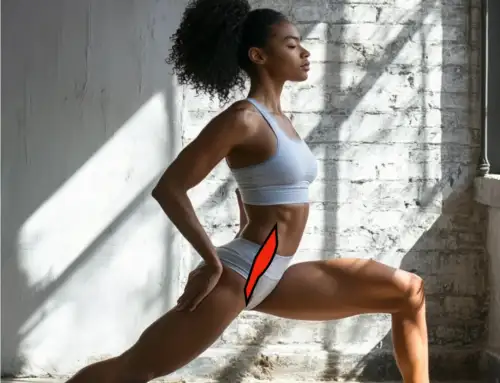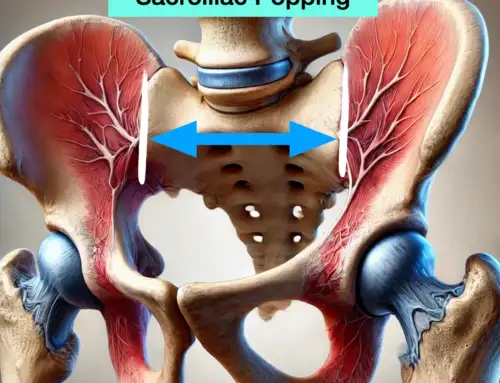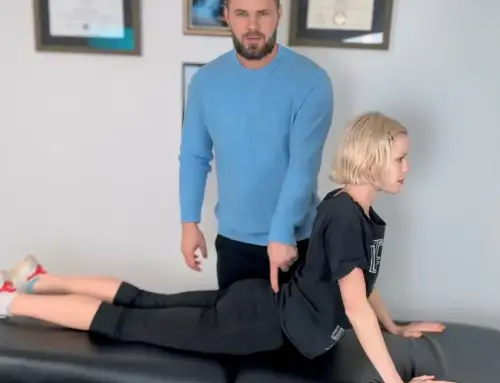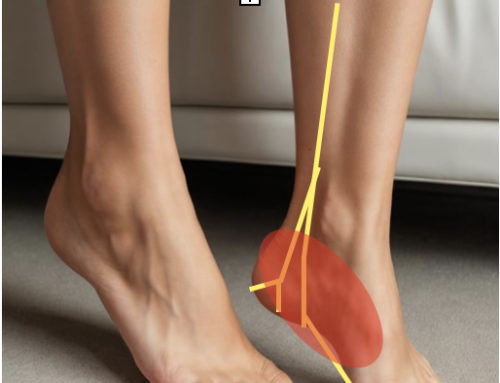How to Stretch your Gastrocnemius Muscle: Best Stretches
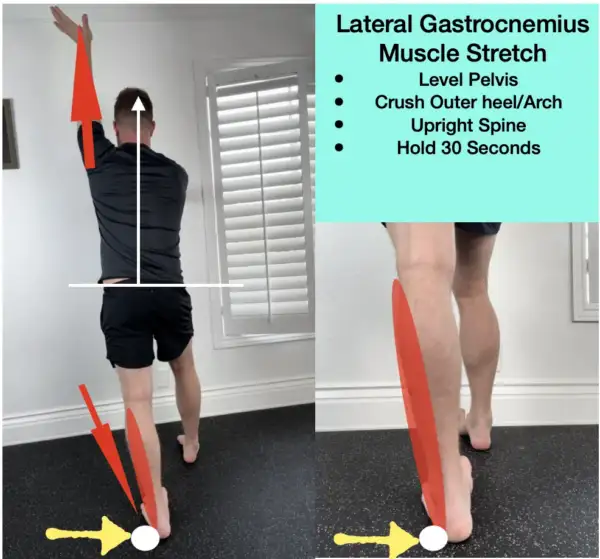
Stretching your calf muscles can help improve flexibility and reduce the risk of injury.
Old school method
To stretch this musucular tissue, stand facing a wall with one foot forward and lean in, keeping your back leg straight. Hold for 30 seconds and switch sides for optimal results.
2024 update
The description above describes the standard technique for elongating the calf muscle.
The devil is in the details, and the standard approach to stretching isn’t quite specific enough to isolate and elongate the tissue fully.
This article will do a deep dive into the most effective methods and the benefits of strengthening the muscularity of the lower leg.
Let’s dive in.
Benefits of Stretching the Calves (heel cord)
Flexibility training of this brawniness is vital because it is the most significant muscle in the lower extremity. The gastrocnemii are responsible for flexion at the knee and plantar flexion of the ankle (toe raises). Tightness in this large calf muscular tissue can lead to a knee injury, shin splints, Achilles tendonitis, and various forms of leg and foot issues.
Lower Leg Flexibility– The powerful gastroc and soleus connect to the Achilles tendon, anchoring securely into the calcaneal bone. When these tissues are tight, they restrict mobility and hinder movement in the lower leg joints while walking, running, or jumping.
Sports Injury Prevention- Having strong and flexible calves is essential for sports that require running and jumping. Tightness can develop from injury or weakness, raising the risk of getting hurt. Increasing flexibility not only reduces injuries but also boosts performance by enabling a wider range of motion and better control while moving.
Ankle Mobility—Dorsiflexion Dorsiflexion is the motion of pointing the ankle towards the upper body. Weak calves restrict ankle movement, especially when fatigued.
Muscle Strain Prevention: Any muscularity that lacks flexibility can become overstretched and injured. Calf and soleus strains are common.
Techniques for Effective Stretching The Calf
The standard method of elongating the calf is to place the foot on a step and lengthen the muscular tissue, but this is a limited approach and doesn’t all the fibers of the muscle.
To maximize a calf load, the fascial chain needs to be incorporated, and the exercises need to be altered to loosen all portions of the muscle.
The muscle has two distinct heads – medial and lateral, each needing its own specific stretch. These exercises are more advanced than the usual ones, so follow the instructions carefully.
Calf Muscle Stretching Exercises:
Medial gastrocnemius (Left):
- Stand next to a wall and use the right arm as a stable point.
- Pelvis must remain in a level position with the right leg straightened behind.
- Flatten the arch into the ground; the inner portion of the heel needs to be crushed to the floor. This targets the inner portion of the calf.
- The spine is erected and elongated, and the left arm is pushed towards the sky to maximally stretchability of the inner portion. The calcaneus needs to remain in contact with the ground, and pressure should be consistent on the inner heel.
- Hold for 30 seconds and repeat 3-5 times daily.
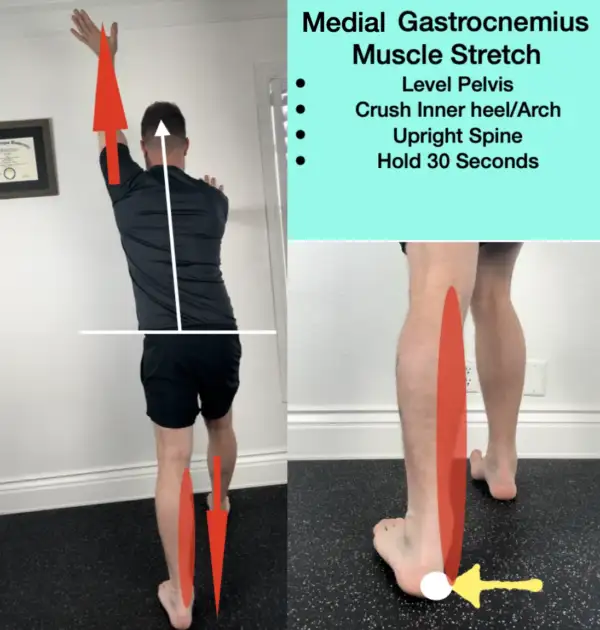
Lateral Gastrocnemius (Left):
- Stand next to a wall and use the right arm as a stable point.
- The pelvis remains level without rotation (twisting), and the knee is extended.
- Crush the floor with the outermost portion of the heel into the ground (well will push outwards)
- Lift the left arm towards the sky without losing the position of the pelvis or pressure on the outer calcaneus.
- Hold for 30 seconds and repeat 3-5 times daily.
If it is difficult to maintain pressure on the heel with either stretch, lift your toes.
Precautions and Tips for Avoiding Injury While Stretching
- No bouncing or jerky movements
- Breath in while applying load
- Don’t overstretch a weak muscle (usually not an issue with the calf)
- Process shouldn’t produce pain.
- Only extend to the point of resistance; there is no need to force further.
- Do a ten-minute warm-up like walking or dynamic ankle movements.
- Static stretches shouldn’t be performed if pain or neurologic symptoms such as numbness, tingling, or weakness are involved.
Consult with a healthcare provider or fitness instructor for expert advice on effective stretching techniques.
Incorporating Stretches into Your Workout Routine
Research shows that the best time for static stretching is after your workout, during the cool-down. Before you start exercising, warm up with dynamic movements like calf raises.
Reach out to Dr. Dean (sports doctor) in California by texting (best), calling 323-354-6077, or emailing at drjustindean@gmail.com
Our editorial practices include evidence-based practices, interventions, and recommendations.
References


